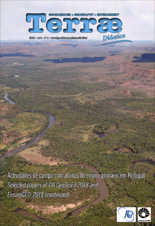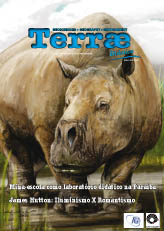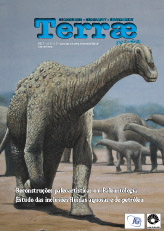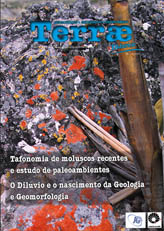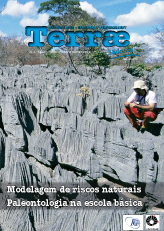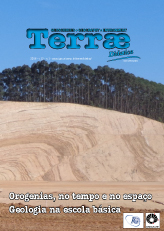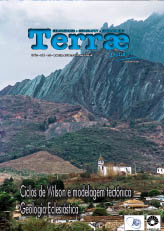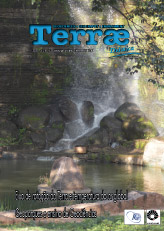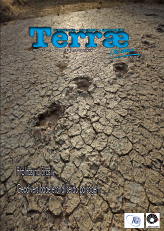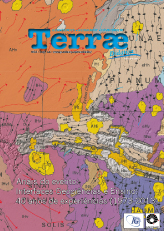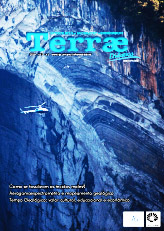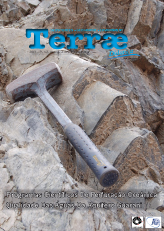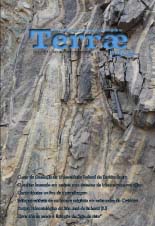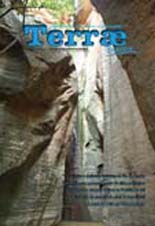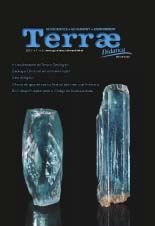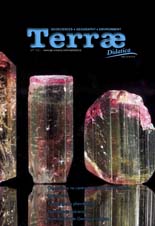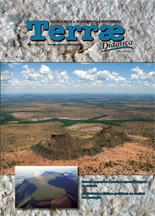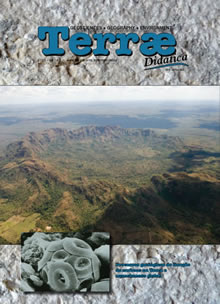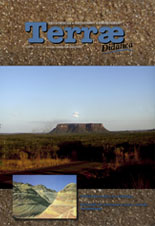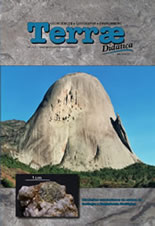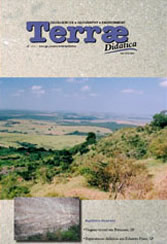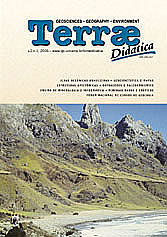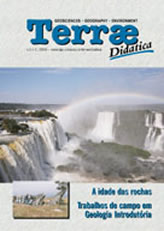Campinas-Brasil
ISSN 1980-4407

 ___________________
___________________ __
__
Volume 14, n2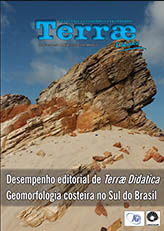
Volume 14, n1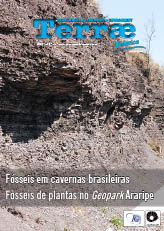
Volume 12, n3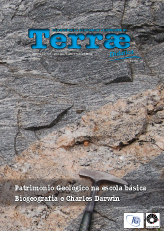
Volume 10, n2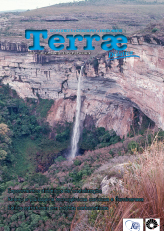
Volume 8, n2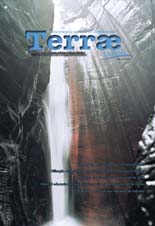
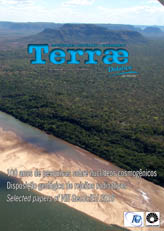
Earthlearningidea: promoting deep questioning in lab and field
Chris King
36 Portway, Wells, Somerset, BA5 2BN, UK -chris@earthlearningidea.com
Peter Kennett
36 Portway, Wells, Somerset, BA5 2BN, UK - peter@earthlearningidea.com
Elizabeth Devon
36 Portway, Wells, Somerset, BA5 2BN, UK - elizabeth@earthlearningidea.com
Abstract: The Earthlearningidea website (www.earthlearningidea.com) launched in 2008 as part of the International Year of Planet Earth, publishes geoscience teaching ideas online as free-to-download pdfs. The website publishes a new idea every two weeks, so that more than 280 ideas have now appeared in English. Translators around the world kindly offered to translate the ideas into their own languages and more than 900 translations can now be accessed through the website. So far, nearly 3.5 million pdfs of the ideas have been downloaded across the world at a mean rate more than 40,000 per month. The activities have been used in teacher troaining in a number countries, as recorded in the Earthlearningidea blog at http://earthlearningidea.blogspot.co.uk/. An analysis was published in 2016 of the different approaches used in the ideas published to that date. The analysis (n=250) showed that some ideas covered several categories, and that overall coverage was: basic skills, 4%; observation, 16%; illustration 39%; investigation, 10%; diagrammatic models, 5%; physical models, 44%; thought experiments, 13% and unattributed, 12%. The thought experiments were deliberately focused on promoting deep understanding through deep questioning in the lab and field. They include examples such as: ‘Earthquake through the window - what would you see, what would you feel?: asking pupils to picture for themselves what an earthquake through the window might look like’; ‘Sand on a sill: What will happen to a sand grain left on a window sill? – a rock cycle discussion’; ‘From clay balls to the structure of the Earth: a discussion of how physics can be used to probe Earth’s structure’; ‘Is there life in this soil sample? - questions to consolidate pupil understanding of soil-formation’; ‘The ‘What could hurt you here?’ approach to field safety - teaching how to keep safe during fieldwork and other outdoor activities’; ‘What was it like to be there – in the rocky world? – bringing the formation of solid rock to life by imagining yourself there when it formed’; ‘Fieldwork: the ‘All powerful’ strategy – discussing geological histories in imaginative ways’ and ‘Fieldwork – interactive re-creation: activities using simple transportable apparatus to simulate features in the field’. Two of these Earthlearningidea activities are given in full, as examples of the Earthlearningidea approach in general, and the use of the ‘thought experiment’ ideas to generate deep questioning and discussion in the lab and field, in particular.
Keywords: Earthlearningidea, hands-on activities, thought experiments, fieldwork, labwork
Copyright © 2005-2007 - Instituto de Geociências - Universidade Estadual de Campinas - UNICAMP - Brasil - Todos os direitos reservados -
Desenvolvimento: ![]()
